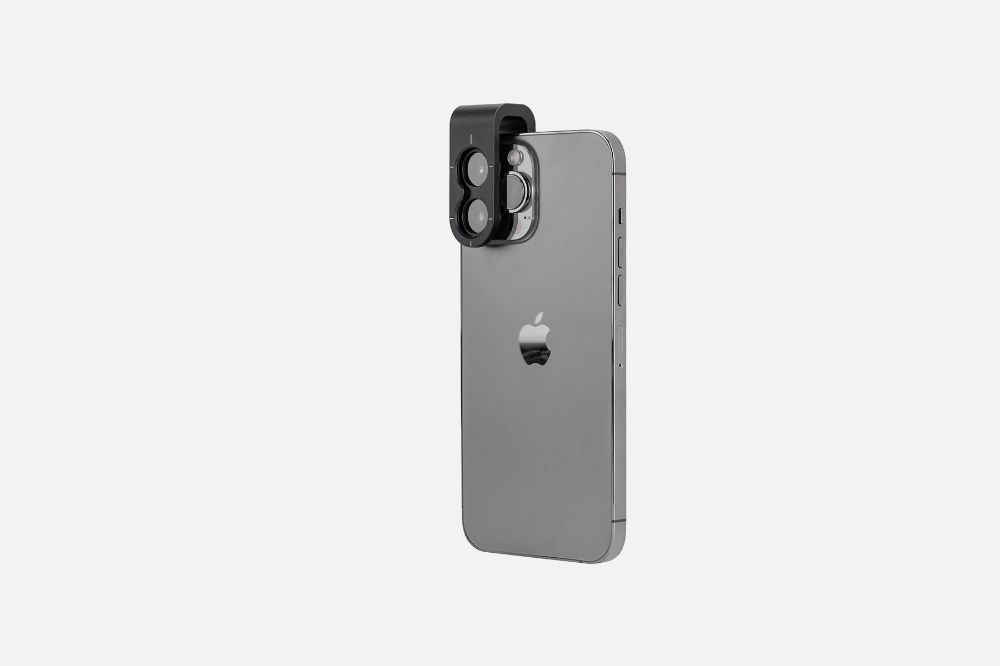Case for iPhone – IBOOLO
China Wholesale Dermoscopic Camera Factory Manufacturer Supplier
People May Ask
The relentless alteration of light induced by polarized lenses can induce eye fatigue during the prolonged usage of technological devices, including smartphones, tablets, and laptops. This may present difficulties in conducting tasks, thereby rendering it an unfeasible choice for individuals whose occupation necessitates constant engagement with laptop screens.
Prizm lenses enhance your vision, while polarized lenses reduce glare from reflected light. Nevertheless, 100% UV protection from the sun's rays is provided by the majority of polarized and all Prizm lenses, preventing eye strain and burns when you're outside.
Enzo Biochem (ENZ), Exagen (XGN), Centogene (CNTG), Akumin (AKUMQ), Renalytix (RNLX), Psychemedics (PMD), Personalis (PSNL), MDxHealth (MDXH), Genetron (GTH), and HH&L Acquisition (HHLA) are some of DermTech's primary rivals. The "medical laboratories" sector includes all of these businesses.
Handheld dermatoscope including changeable polarization, dermoscopic white and UV, torch LED, and 10x magnification. desktop charging base with auxiliary USB output and IceCap storage. 2 meter USB-C to USB-USB cable.
Describe the dermatoscope. A dermatoscope is a light-powered magnifying instrument that is roughly the size of a tiny computer mouse that allows for a sharper, larger image of a skin lesion. Dermoscopy is the process of using a dermatoscope.
What varieties of skin biopsies exist?Instead,Punch biopsy: The biopsy punch is a device used to retrieve a tiny, round sample of skin.Instead,Shave biopsy: A razor blade is used by your healthcare practitioner to remove a small portion of skin.Instead,Excisional biopsy: A scalpel is used by your healthcare professional to take a sample of skin.Instead,
Without insurance, a skin biopsy typically costs between $120 and $450. You may be charged an additional $50 to $350 for a lab evaluation. Is it necessary to perform the biopsy even if we believe we know what I have? Your skin's medical condition will determine all of this.
Being a liquid at normal temperature, mercury has the lowest strength. With densities of 22.4 g/cc, gallium and iridium have the lowest densities. With a strength of 1510 megapascals apiece, tungsten and osmium are the strongest.
biopsy guided by images.A needle biopsy is combined with an imaging technique, such as an MRI, CT scan, or ultrasound, in an image-guided biopsy. Your doctor can access suspicious areas, like the liver, lung, or prostate, that are not palpable through the skin with an image-guided biopsy.
Findings: Glomerular vessels (90%) and a scaly surface (90%) were the most common dermoscopic patterns seen in most cases of BD. Furthermore, in pigmented BD, there were discovered to be 90% of minute brown globules regularly packed in a patchy distribution and 80% of structureless grey to brown pigmentation.
Dermoscopic Camera Products

OdontoMed2011 Gray DERMATOSCOPE Free CASE ODM Dermatology Examination

The MicroMax LED-lighted 60x-75x Carson Pocket Microscope (MM-200) and the Pocket Micro 20x-60x LED-lighted Zoom Field Microscope with Aspheric Lens System (MM-450) are both available in blue.

Utilizing a conventional microscope, the Dino-Lite USB Eyepiece Camera AM7025X - 5MP

Celestron Deluxe Handheld Digital Microscope (44302-C), Grey, Capture Your Discoveries

USB 2MP 数字显微敜 Q-Scope QS.20200-P

12 inch color HD portable video magnifier, Eschenbach Visolux Digital XL FHD

可互捚敜头手持数字显微敜放大镜 Supereyes B011 5.0MP 500X

UKCOCO Tiny Camera Digital Microscope Pocket Microscope Dermatoscope Microscope for Pocket Magnifying Glass Phone for Hand Led Phone Microscope Portable White Small Camera

Supereyes 11mm Diameter, B007, USB Digital Microscope Camera with 300X Zoom, Handheld Endoscope, Portable Magnifier Otoscope, and IP67 Waterproof for Windows, Mac, and Linux

Low Vision Aid: Bierley Maggie 5 Portable Ultra Slim Electronic Magnifier
Related Products
Hot Products
News & Blog
Top Reviews
For my mother, who has macular degeneration, this has been incredibly beneficial. She can operate it rather easily, albeit it is a little tricky to move the object beneath the magnifier.
While the Eschenbach device works perfectly, two out of the three light panels are no longer functional. The device's spoken voice says something extremely quickly. The sound is a little weak, but it seems to be saying "Battery low." So perhaps there's a problem with the lights' charging. I will investigate that. If this is the case, then another example of Eschenbach's clever design is to only turn on the main light when the battery becomes low rather than leaving the user in the dark. I'll follow up.
In the world of work, tools such as these are essential for someone who is legally blind and has low vision. One issue is that they can be quite expensive. I was looking for something that was lightweight and easy to carry. It's fantastic. I was worried about the screen breaking after watching YouTube videos and reading the IBOOLO description, so I thought I would have to buy a case. Its inclusion of a hard case astounded me. There are tons of features. It's simple to use the menus. Everybody talks. It has a 22X zoom. I usually use 12X for it. It's convenient that I can use the touch screen or the zoom buttons. The photos have excellent quality. clear and concise The picture on my other video magnifier, a 7-inch Optelec that is meant to be color, appears washed out. This gadget is quite excellent. I therefore adore this video magnifier. will utilize it daily at work. But there are two problems. I don't mean to be critical, but these wouldn't be a deal-breaker. I do, however, want the company to see this.



























